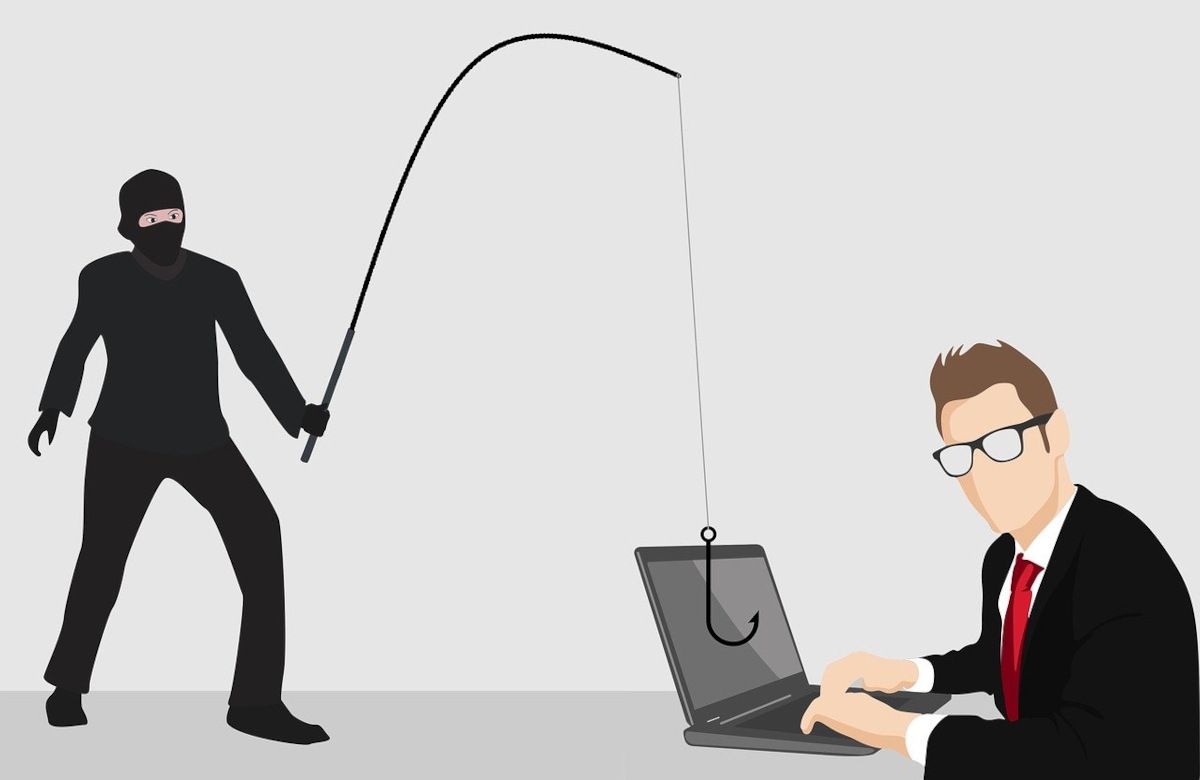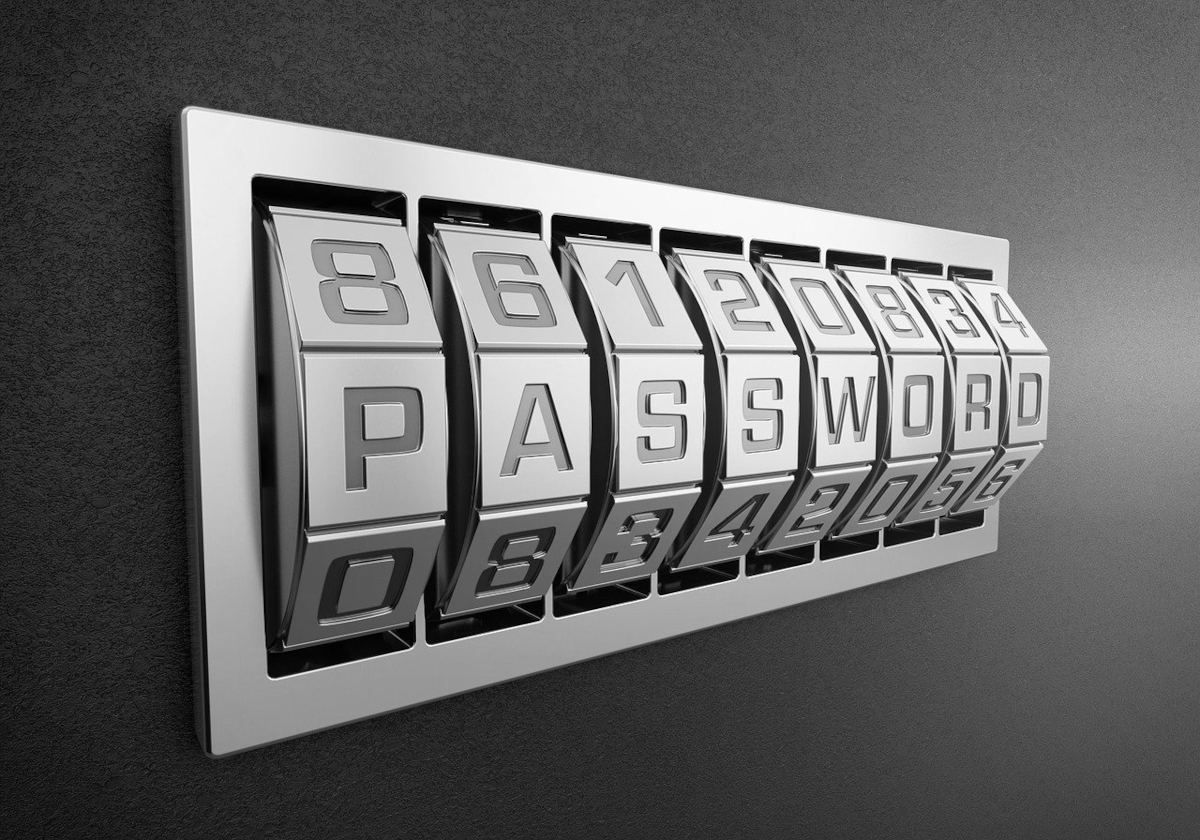If you have an active social media account on any platform, you've probably shared some private information, made some friends, or clicked a link that you came across while using it. Undoubtedly, social media platforms can prove to be useful to make connections and reach out to the wider world, but is it always the case?
Starting from the information you share to all the online activities that are nonetheless recorded, social media accounts are a gold mine for an attacker to hack a human. In other words, a hacker can use social platforms to target you in many ways.
Here's how your accounts on Facebook, Twitter, Instagram, and more can be used by cybercriminals to exploit you.
Social Media: A Danger to Human Hacking
No matter what security measures are in place, if an attacker manages to influence or trick someone through online activities, it becomes easy to get what they want.
This is also referred to as social engineering.
And social media platforms are hotspots for such attacks with heaps of information available to extract. In fact, 90 percent of people post information related to their personal and professional lives online—that's a massive number, but is hardly surprising.
Of course, the best way to prevent social engineering attacks is to stop using social media or not share valuable information online. Realistically, however, this renders most platforms basically pointless.
But how do they trick and influence you? How exactly does social engineering comes to play in social media?
What Is Social Engineering?
Social Engineering is the technique of manipulating a human to extract private information.
It is the easiest method to get into a network or account. While it takes some effort to execute it in real life, it becomes easier through social media because of the information we share so readily.
The hackers have the time to analyze and piece bits of information together and use them against us.
How Does Social Engineering Work on Social Media?
Here are just a few possible ways social engineering attacks work through social media networks.
1. Phishing Attacks

Whether you stick to email communications or instant messaging, you will find phishing attacks everywhere.
But it is similarly easy to fall for a phishing attack on a social media platform.
The attacker usually shares something tempting that increases the chances of you clicking that link. If something sounds too good to be true, it probably is. Some common scam campaigns may include:
- A big lottery.
- Taking a personality test.
- Asking for urgent help requiring payment or unnecessary details.
Not just limited to links shared in the social media platform, an attacker can also use some of your personal information that you share to craft an email to fool you.
Suppose you share one of your recent purchases: an attacker may approach you claiming to be a member of support staff, offering a warranty extension, or pretending to be a sales agent asking for further payment or any other personal details.
Another form of phishing attacks may involve using link shorteners like "tinyurl.com/xyz". This hides the domain information when you click, and you might end up trusting the website with your details.
2. Impersonating You to Get Into Your Network
Your photo, your work details, and other bits of key information can usually be found with a quick search for your social media profile.
Anyone can easily create a fake account impersonating you using the data you have shared over Facebook, Twitter, or even LinkedIn.
The attacker may use this account to connect with your colleagues or friends to conveniently get access to more data; your contacts might not realize they've connected to a fake profile until it's too late.
You should try using identity theft protection and monitoring services if you want to do something about unauthorized use of your information.
3. Accessing Your Account With Publicly Available Information

You may have shared your date of birth, phone number, pet's name, and many other things on social media.
So, if your password or security questions includes the name of your pet, your family, or your phone number, a malicious attacker may be able to guess the passphrase or otherwise gain access to your accounts.
Of course, if you are using a password manager to enforce strong passwords, you should be safe.
4. Creating a Filter Bubble

This is one of the most dangerous ways an attacker hacks a human.
Creating a filter bubble refers to building a network around you that exposes you only to one type of information.
In other words, it's using a network of friends, influencing you to follow certain topics, so they control the type of posts you come across in your social media feed.
This is not something easy for an attacker to do—but if they manage to do it, your actions and behavior may be a result of the information you are exposed to.
Sometimes, social media itself becomes the culprit by showing you only one type of information and prevents you from knowing the other side of a story or something that you do not believe in.
5. Coordinating Physical Scams

Most people share their travel plans, location, material interests, and similar data in the social media platform.
Using this information, an attacker can coordinate a physical attack or even visit you purporting to be gathering official details via a survey apparently related to your interests to extract more information about you. Or of course, if they know you're away on vacation, your house might be a target for physical attackers.
How Do You Avoid Getting Hacked?
While it is impossible to predict all the ways an attacker manipulates you using the information you share via social media, you can still battle cybercriminals with a few pointers:
- Do not overshare information (personal interests, recent purchases, details about your family) online.
- Do not share your real-time location anywhere.
- Try obfuscating your photos by editing your images or hiding key details when taking a photo.
- Carefully select the friends you connect with and respond to.
You can enforce these security measures on your personal smartphone, at your workstation, and on your network to keep your digital activities secure. But we all are vulnerable to human hacking. That's why it's essential we educate ourselves and always be vigilant.
Comments
Post a Comment